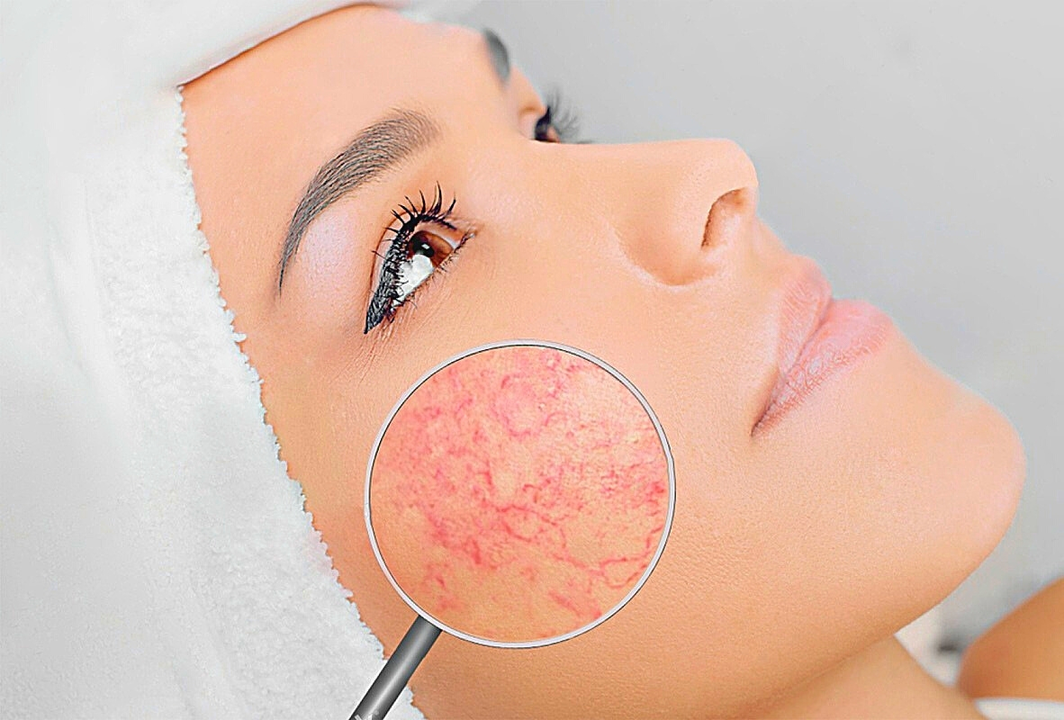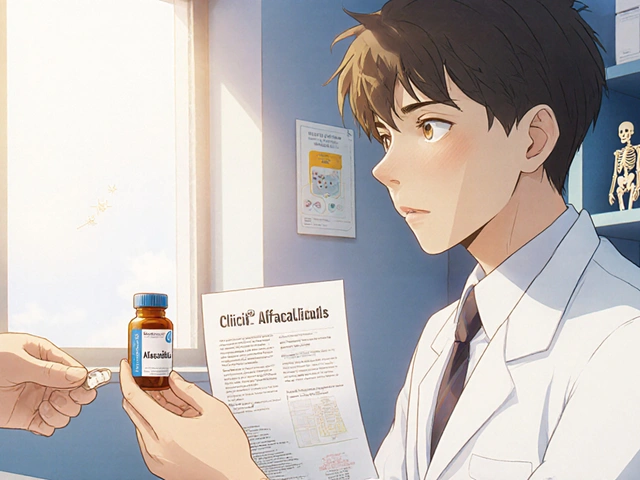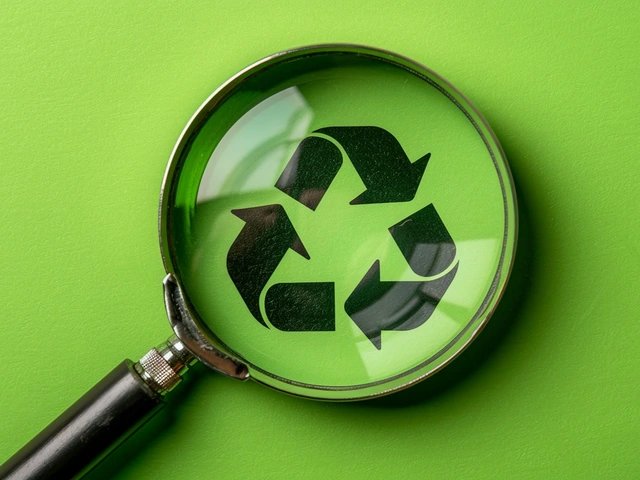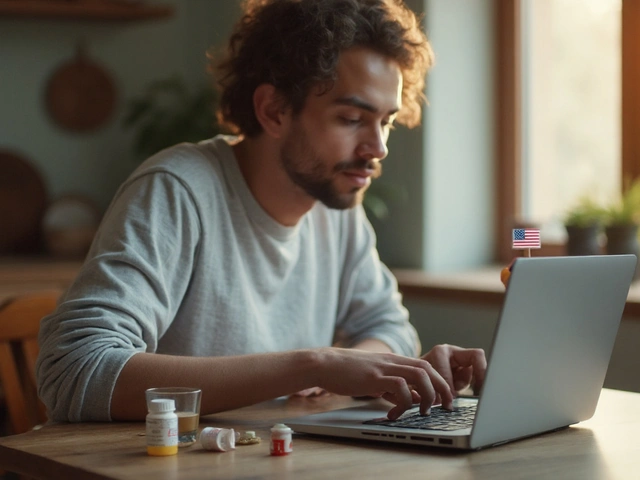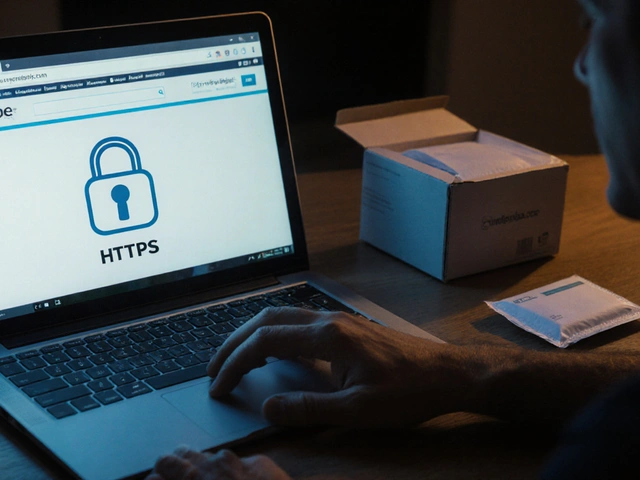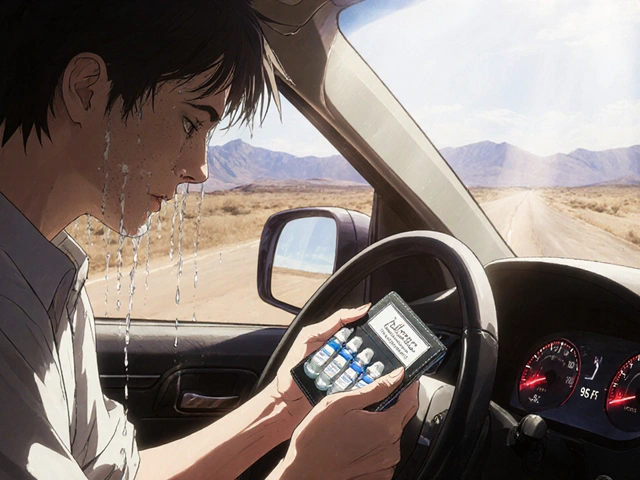Rosacea: Practical Help for Red, Flare-Prone Skin
Rosacea shows up as persistent redness, visible blood vessels, bumps, or a swollen nose. It’s common and not dangerous, but it can affect how you feel about your skin. You don’t have to guess what to do next — here are straightforward steps that help most people manage symptoms and cut down flare-ups.
Know your triggers and avoid them
Tracking what makes your skin flare is the first win. Common triggers: hot drinks, spicy food, alcohol, sun, strong wind, hot showers, intense exercise, and stress. Keep a simple diary for a few weeks — note food, weather, and skincare you used before a flare. Once a pattern appears, reduce exposure. For example, swap very hot coffee for warm, choose milder workouts, and wear a soft scarf in cold wind.
Everyday skincare that calms
Gentle is the rule. Use a mild, fragrance-free cleanser — avoid scrubs and rough washcloths. Pat your face dry. Pick a light, non-comedogenic moisturizer to repair the skin barrier and reduce stinging. Sunscreen is essential: choose a mineral SPF with zinc oxide or titanium dioxide and reapply if you’re outside for more than two hours. Apply sunscreen daily, even on cloudy days.
Topical medications help a lot. Ingredients that work: metronidazole, azelaic acid, and ivermectin. They reduce inflammation and bumps. Your dermatologist will suggest which one fits your skin. Don’t use topical steroids on your face unless a doctor prescribes them for a short, specific reason — they can make rosacea worse over time.
For persistent redness, low-dose oral doxycycline reduces inflammation without acting like a regular antibiotic. Oral options are usually for moderate cases or when bumps and pustules are frequent. Laser or intense pulsed light (IPL) treatments can fade visible blood vessels and steady facial redness. These need a trained provider and sometimes several sessions.
Makeup can help cover redness while you treat skin. Use a green-tinted primer to neutralize red tones, then a lightweight foundation. Test products on a small area first to avoid irritation. Look for labels that say "sensitive skin" or "non-comedogenic."
Small lifestyle changes add up. Manage stress with short breathing exercises, avoid extreme temperature swings, and cut back on trigger foods if you notice a link. If you drink alcohol, try skipping it for a month to see if redness improves.
See a dermatologist when over-the-counter steps don’t help, if bumps or eye symptoms appear, or if redness gets worse. Eye rosacea needs treatment to protect vision. A doctor can confirm the diagnosis, rule out similar conditions, and make a clear treatment plan.
Rosacea can be managed. With the right routine, trigger control, and medical help when needed, most people see real improvement. If you want, check our related articles on gentle skincare, acne alternatives, and treatments to learn specific products and strategies that pair well with rosacea care.
In my recent research, I've discovered that Isotretinoin, a powerful acne medication, may also be an effective treatment for rosacea, a common skin condition. It appears that this medication can help reduce inflammation, redness, and facial flushing associated with rosacea. However, it's important to note that Isotretinoin can have significant side effects and should only be used under the supervision of a dermatologist. I've found that many people with rosacea have seen improvements with this treatment, but it's crucial to weigh the benefits against potential risks. If you're considering Isotretinoin for your rosacea, make sure to consult with a healthcare professional first.
Read more

